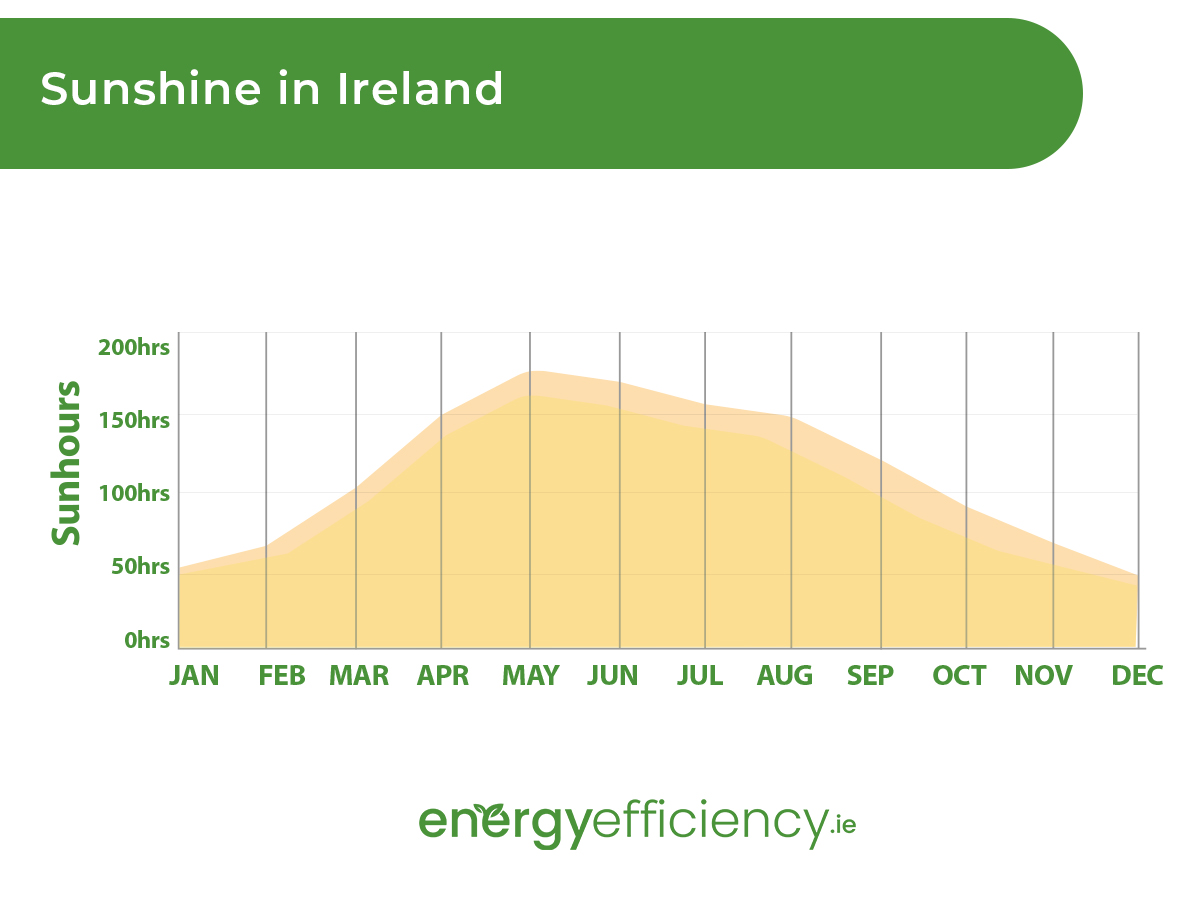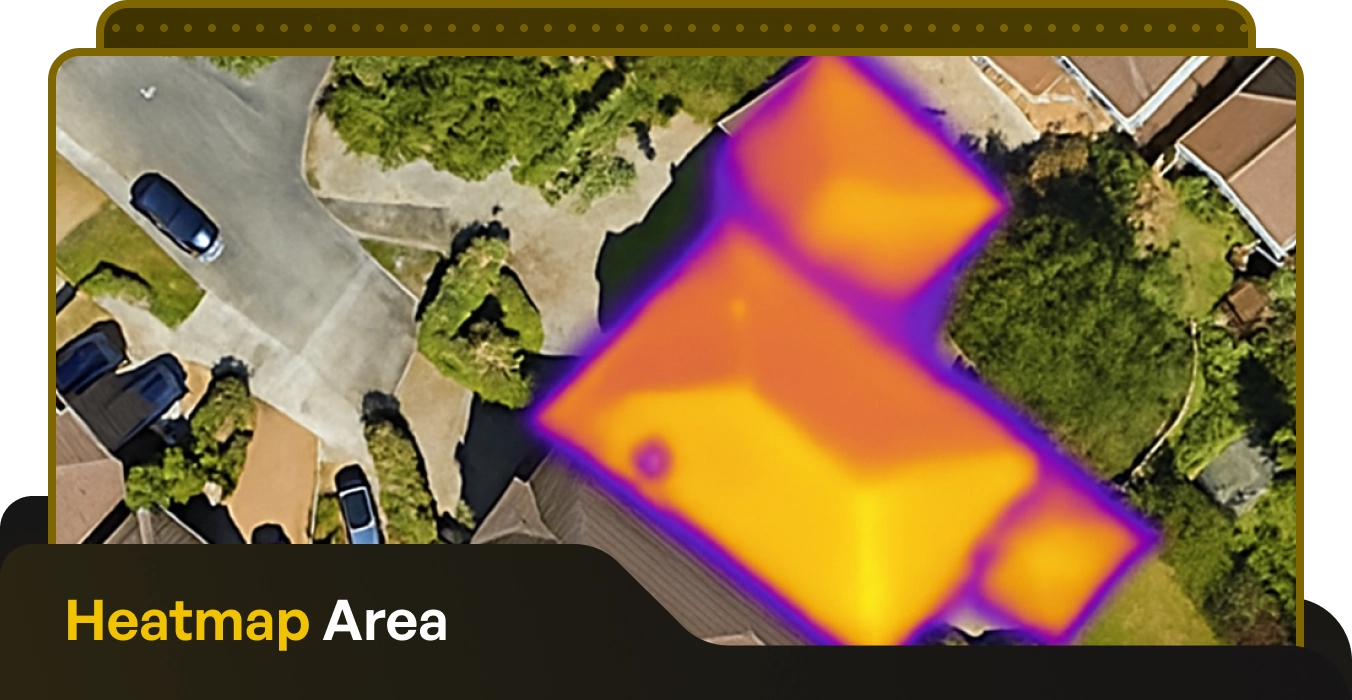Why the North Pole’s new Solar Project Could be a Beacon for Ireland

Written by: Michael Malone
Published: September 25, 2023
Last updated: October 9, 2025
Reading time: 2 mins
A major new solar panel project not far from the North Pole, which is deprived of sunlight for months on end, could inspire similar projects in other regions which are presumed to have less than ideal conditions for solar power – like the west of Ireland.
Norway is known as the Land of the Midnight Sun, and this name is more than apt for the Svalbard archipelago near the North Pole for the summer months when the sun doesn’t set and there are 24 hours of sunlight each day.
But of course in winter, the reverse is true, with the archipelago experiencing near total darkness from October until the middle of February.
Because of the dark days and nights for around five months each year, the region in northern Norway might seem like a bizarre location to trial such a project.
Those behind it however believe that the ground mounted solar system comprising 360 panels will pave the way for remote Arctic communities to make the switch to green energy.
The panels in the Svalbard archipelago (accessible only by boat or helicopter) are now providing electricity to an old shipping radio station, Isfjord Radio, which has become a base camp for tourists.
Our own climate is also often seen as less than ideal for such systems. In some regions in Mediterranean countries such as Spain, there are large, ground mounted solar PV systems dotted across the barren countryside.
But the south of Spain and Italy can experience around 3,000 hours of sunshine per year, much more than Ireland.
So would large scale, ground mounted solar panel systems work here? In short, yes.
Sunlight in Ireland
Perhaps surprisingly, Ireland gets between 1,100 and 1,600 hours of sunshine every year according to Met Éireann data, with May and June typically our sunniest months.

During the early summer, Ireland receives between 5 and 6.5 hours of daily sunshine on average.
The south and ‘sunny’ south-east regions of Ireland are where the most sunshine can be found, which gets up to 7 hours of direct sunshine in summer.
While much less than Greece and Spain, there is abundant sunlight here to produce free electricity from solar power for specific circumstances.
Of course, with wind power being much more efficient, and being able to produce electricity 24/7, we will likely never see the larger solar systems which are found in southern Europe.
But the pilot solar panel system in Norway’s Svalbard archipelago shows that in certain cases, where there is no desire for wind turbines which are often times considered unsightly and noisy, solar could play a vital role in producing green electricity.
This might be the case for some areas along the western seaboard, where wind turbines might be viewed upon as disrupting the landscape.
While there are obvious differences between Ireland and a region near the North Pole with an extreme climate, the results of the pilot scheme, which has just got underway, will be interesting to follow.
Why the North Pole’s new Solar Project Could be a Beacon for Ireland
Published: September 25, 2023
Last updated: October 9, 2025

Written by: Michael Malone
Reading time: 2mins
A major new solar panel project not far from the North Pole, which is deprived of sunlight for months on end, could inspire similar projects in other regions which are presumed to have less than ideal conditions for solar power – like the west of Ireland.
Norway is known as the Land of the Midnight Sun, and this name is more than apt for the Svalbard archipelago near the North Pole for the summer months when the sun doesn’t set and there are 24 hours of sunlight each day.
But of course in winter, the reverse is true, with the archipelago experiencing near total darkness from October until the middle of February.
Because of the dark days and nights for around five months each year, the region in northern Norway might seem like a bizarre location to trial such a project.
Those behind it however believe that the ground mounted solar system comprising 360 panels will pave the way for remote Arctic communities to make the switch to green energy.
The panels in the Svalbard archipelago (accessible only by boat or helicopter) are now providing electricity to an old shipping radio station, Isfjord Radio, which has become a base camp for tourists.
Our own climate is also often seen as less than ideal for such systems. In some regions in Mediterranean countries such as Spain, there are large, ground mounted solar PV systems dotted across the barren countryside.
But the south of Spain and Italy can experience around 3,000 hours of sunshine per year, much more than Ireland.
So would large scale, ground mounted solar panel systems work here? In short, yes.
Sunlight in Ireland
Perhaps surprisingly, Ireland gets between 1,100 and 1,600 hours of sunshine every year according to Met Éireann data, with May and June typically our sunniest months.

During the early summer, Ireland receives between 5 and 6.5 hours of daily sunshine on average.
The south and ‘sunny’ south-east regions of Ireland are where the most sunshine can be found, which gets up to 7 hours of direct sunshine in summer.
While much less than Greece and Spain, there is abundant sunlight here to produce free electricity from solar power for specific circumstances.
Of course, with wind power being much more efficient, and being able to produce electricity 24/7, we will likely never see the larger solar systems which are found in southern Europe.
But the pilot solar panel system in Norway’s Svalbard archipelago shows that in certain cases, where there is no desire for wind turbines which are often times considered unsightly and noisy, solar could play a vital role in producing green electricity.
This might be the case for some areas along the western seaboard, where wind turbines might be viewed upon as disrupting the landscape.
While there are obvious differences between Ireland and a region near the North Pole with an extreme climate, the results of the pilot scheme, which has just got underway, will be interesting to follow.
Solar Energy Saves Households Thousands in Electricity Costs
Take our 2-minute questionnaire and find affordable solar options to suit your budget and lifestyle.



